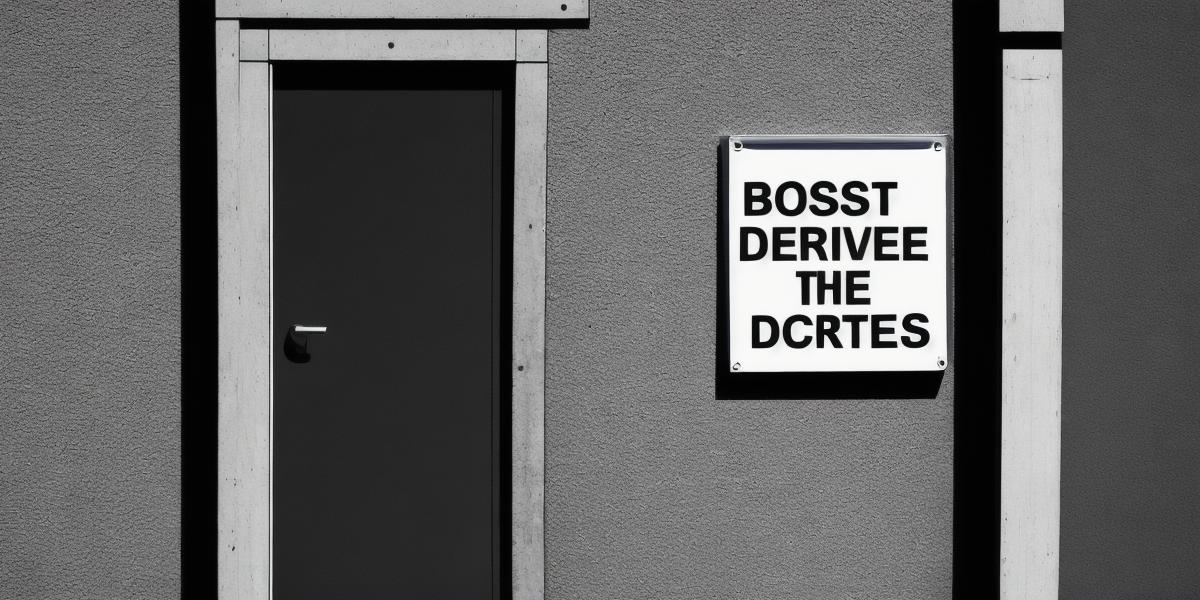Introduction:
Sciatica is a common pain condition that affects the lower back, hips, and legs. It is caused by pressure or irritation on the sciatic nerve, which runs down the back of the legs from the lumbar spine to the feet. If you’re experiencing sciatica pain, you’re not alone. According to the American Chiropractic Association, up to 40% of people will experience sciatica at some point in their lives.
The good news is that there are many treatments available for sciatica relief. In this article, we’ll explore the recommended number of treatments and best practices for relieving sciatica pain. We’ll also discuss the causes of sciatica, symptoms to look out for, and when it’s time to seek medical attention.
Causes of Sciatica:
Sciatica is often caused by pressure or irritation on the sciatic nerve. This can be due to several factors, including:
- Herniated Disc: A herniated disc occurs when the soft cushion between the vertebrae in your spine bulges or ruptures. This puts pressure on the sciatic nerve and can cause pain.
- Arthritis: Arthritis is a degenerative joint disease that can affect the spine and cause sciatica pain.
- Muscle Strain: A muscle strain can put pressure on the sciatic nerve and cause pain. This can occur from overuse, sudden twisting or bending, or lifting heavy objects.
- Spinal Stenosis: Spinal stenosis occurs when the spinal canal narrows, putting pressure on the sciatic nerve. This condition is often associated with aging and can be exacerbated by poor posture.
- Pregnancy: Pregnancy can put additional pressure on the lower back, hips, and legs, leading to sciatica pain.
- Obesity: Excess weight can put additional pressure on the spine and exacerbate sciatica pain.
- Diabetes: High blood sugar levels can cause nerve damage, including damage to the sciatic nerve.
Symptoms of Sciatica:
Sciatica can manifest in several different ways, but the most common symptoms include:
- Lower Back Pain: This is often a dull, persistent pain that occurs in one or both sides of the lower back. The pain may radiate down the legs and be worse at night.
- Leg Pain: This can be a sharp, shooting pain that runs down the back of one or both legs. The pain may be intermittent or constant and may worsen with movement or pressure on the affected leg.
- Numbness and Tingling: Sciatica can cause numbness and tingling sensations in the legs, especially at night. This can make it difficult to walk or stand for extended periods of time.
- Weakness: Sciatica can cause weakness in the legs, making it difficult to walk or stand for extended periods of time. The weakness may be intermittent or persistent and may worsen with movement or pressure on the affected leg.
- Loss of Bladder or Bowel Control: In rare cases, sciatica can cause loss of bladder or bowel control. This is a medical emergency and requires immediate attention.
Best Practices for Relief:
- Maintain a Healthy Weight: Excess weight can put additional pressure on the spine and exacerbate sciatica pain. Losing weight can help alleviate pressure on the spine and reduce the risk of further damage.
- Practice Good Posture: Poor posture can also contribute to sciatica pain by putting undue strain on the spine. Maintaining good posture can help reduce pressure on the spine and reduce the risk of sciatica pain.
- Stay Active: Regular exercise can help keep your spine flexible and strong, reducing the risk of sciatica. Low-impact exercises such as walking, swimming, or yoga are often recommended for people with sciatica.
- Get Enough Sleep: Lack of sleep can put additional stress on the spine and worsen sciatica pain. Getting enough sleep can help reduce stress on the spine and improve overall quality of life.
- Avoid Overuse: Overuse or sudden twisting or bending can cause muscle strains that put pressure on the sciatic nerve. Avoiding overuse and taking breaks when doing repetitive tasks can help prevent further strain on the sciatic nerve.
- Seek Medical Attention: If you’re experiencing severe sciatica pain or weakness in the legs, it’s important to seek medical attention. A healthcare professional can determine the underlying cause of your sciatica and recommend appropriate treatments.
Recommended Number of Treatments for Relief:

The recommended number of treatments for sciatica relief varies depending on the severity of the condition. In mild cases, self-care measures such as exercise, ice/heat therapy, pain medication, and ergonomic adjustments may be sufficient to relieve symptoms. In moderate cases, additional treatments such as chiropractic care or physical therapy may be necessary. In severe cases, surgery may be recommended to alleviate pressure on the sciatic nerve.
Conclusion:
Sciatica is a common pain condition that can be managed with a combination of self-care measures and professional treatments. The recommended number of treatments for relief varies depending on the severity of the condition, but most people can find relief with exercise, ice/heat therapy, pain medication, ergonomic adjustments, chiropractic care, physical therapy, or surgery. By maintaining good posture, staying active, getting enough sleep, and practicing self-care measures, you can help manage sciatica pain and improve your overall quality of life. If you’re experiencing severe sciatica pain or weakness in the legs, it’s important to seek medical attention to determine the underlying cause of your condition and recommend appropriate treatments.



